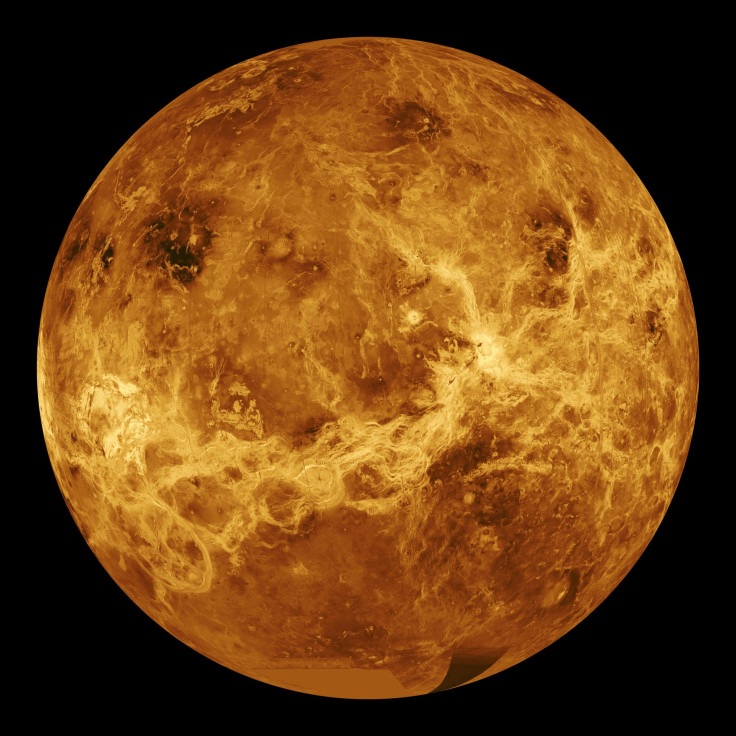NASA May Fund $2-Billion Flagship Mission To Venus, Planet With Harshest Conditions

Scientists at NASA are pushing for a flagship mission to Venus, which is the agency’s most expensive class of space expeditions. For the scientists, deploying this kind of mission to Venus is vital in order to investigate if the planet really was habitable in the past.
At NASA, flagship missions are very highly regarded. These usually receive the most funding and are considered as top-priority by the agency. Currently, one of the flagship missions that NASA is planning involves visiting Jupiter’s icy moon Europa to investigate signs of alien life.
A team of scientists at NASA has started urging the agency to consider a major mission to Venus, which is considered as the planet with the harshest conditions in the Solar System. For the scientists, the planet’s inhospitable condition is one of the main reasons why the agency should explore it.
As indicated in previous studies, Venus was once very similar to Earth. It is widely believed that the planet used to have ideal conditions that could have supported life. However, due to its proximity to the Sun and its atmospheric conditions, Venus transformed into an inhospitable planet with extreme environmental conditions.
For Martha Gilmore, a mission principal investigator for NASA, a flagship mission to Venus would help obtain valuable data regarding the planet’s mysterious past.
"It's always been important for Venus science; it is getting increasingly important and perhaps accessible and a little bit better understood," Gilmore said during a meeting of the NASA advisory body Venus Exploration Analysis Group according to Space.com. "If we're going to tackle a problem like this, a flagship could do that."
But, as a flagship mission, Gilmore is aware that an expedition to Venus would require huge funding. After all, it would need special equipment in order to withstand the planet’s harsh conditions.
Although Gilmore is targeting a flagship mission, the scientist decided to set a realistic budget in order to increase the expedition’s chances of getting the green light. For Gilmore, asking for a lower budget would ensure that a Venus mission doesn’t get shelved in favor of NASA’s other flagship projects.
"We want to try to do this for $2 billion," Gilmore said. "Four billion dollars is a lot of money, and we are entering a decade where there are other things that are going to be competing for the money, most notably Europa."
© Copyright IBTimes 2025. All rights reserved.





















